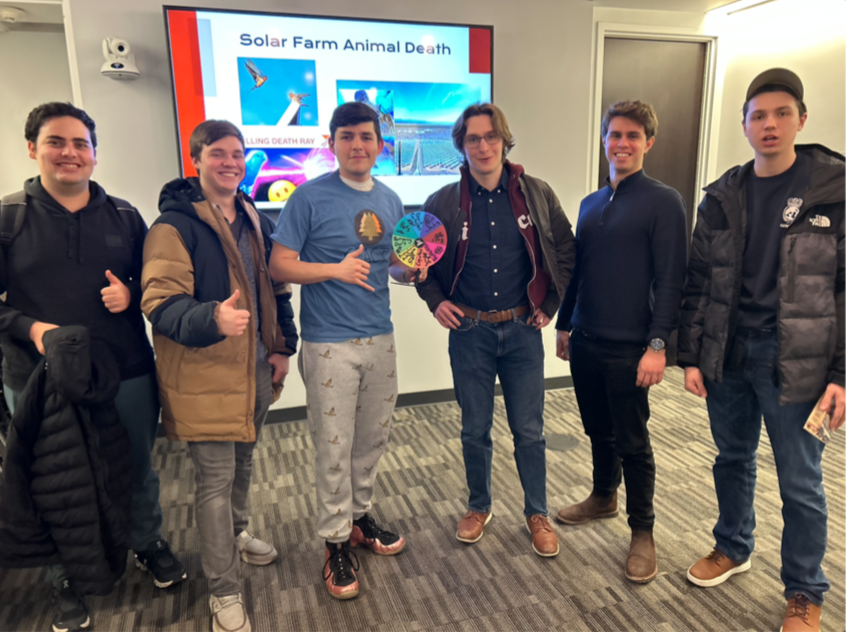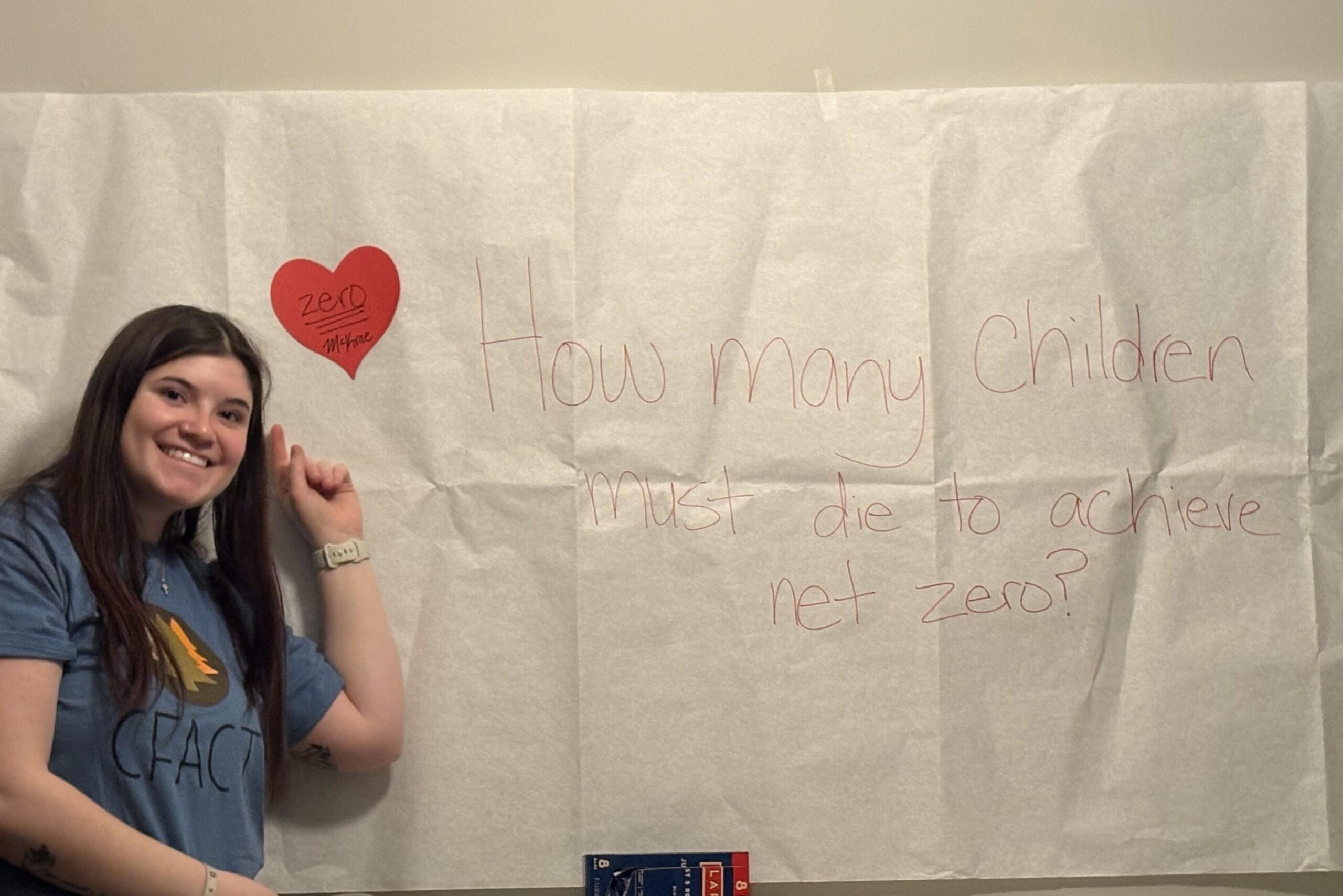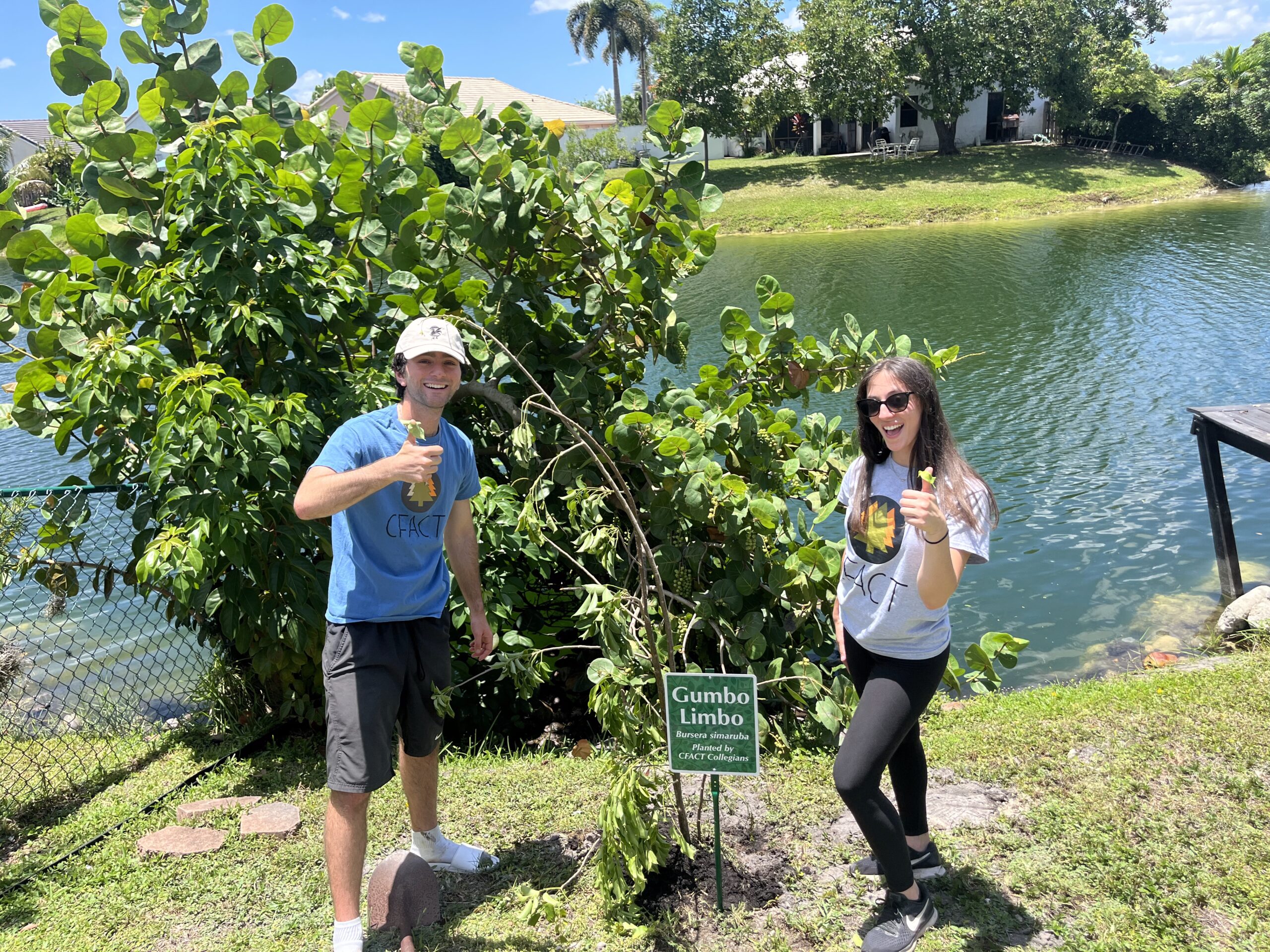Wyoming has long been a battleground for American conservation. Instead of valuing the state’s vast landscapes and stunning vistas, government-subsidized green energy developers see only empty space for towering, unsightly turbines.
That’s why CFACT collegian Maggie Immen sprung into action when she learned of the latest threat to Wyoming’s wild spaces: the Rail Tie Wind Project. Taking to her laptop, Maggie penned a superb smackdown of the planned windfarm, laying out in measured thought the negative environmental consequences that wind energy always entails.
Originally published in the local Laramie Boomerang, Mrs. Immen’s op-ed can be read in full below:
“Wind energy has long been heralded as a clean and renewable energy source, an essential component in the supposed fight against climate change. However, the reality of wind farms is far more complex.
While wind power does provide an alternative to fossil fuels, the environmental, economic, and social costs associated with wind energy projects often outweigh the perceived benefits. The Rail Tie Wind Project in southern Wyoming is a prime example of a poorly planned energy initiative that poses serious risks to local communities, wildlife, and even the economic stability of the region.
Wind turbines are a documented threat to bird populations, particularly raptors like golden and bald eagles. Estimates suggest that wind farms kill at least 150,000 birds annually in the U.S. alone. Wyoming, a crucial migratory corridor, is especially vulnerable.
The Rail Tie Wind Project, planned for Albany County, would place turbines dangerously close to golden eagle habitats. Wildlife biologist Mike Lockhart, a Laramie resident, warns that official bird fatality counts are likely underestimated since scavengers quickly remove carcasses before they can be recorded.
Adding to these concerns, federal regulations permit a set number of eagle deaths per wind project through incidental take permits. However, experts argue that these limits rely on flawed data that underestimate real mortality rates. Since eagles reproduce slowly, even a small number of fatalities can have devastating effects on their population. Yet regulatory agencies continue approving projects like Rail Tie without adequately addressing these risks.
Beyond environmental concerns, wind farms impose hidden economic burdens. While Repsol, the Spanish energy company developing the Rail Tie project, stands to profit, local taxpayers will likely bear the financial cost of decommissioning outdated turbines. Curtis Schube, executive director of the Council to Modernize Governance, notes that federal regulations do not adequately address turbine disposal, leaving communities vulnerable if companies dissolve or default. The composite turbine blades, which are non-recyclable, further contribute to landfill waste.
The Rail Tie Wind Project has long faced opposition. Originally proposed as a 120-turbine installation, it was previously abandoned due to community resistance and regulatory challenges. Repsol revived the project, securing key permits from the Albany County Commission and the Wyoming Industrial Siting Council in 2021. However, local residents, conservationists, and environmental organizations continue to push back.
Homeowners in the 4,300-acre Fish Creek Ranch Preserve, including author Lee Child and businessman John Davis, worry about property devaluation and the project’s impact on the region’s natural beauty. Additionally, the close proximity of turbines to golden eagle nests — some within half a mile — raises serious concerns. Experts warn that the project could cause eagle mortality rates to exceed regulatory limits, yet oversight remains lax.
While proponents claim the project will create jobs and generate tax revenue, critics argue that these benefits are overstated. Most wind energy jobs are short-term construction roles, with long-term maintenance positions being limited. The presence of massive turbines could also harm tourism, a vital part of Wyoming’s economy, by disrupting scenic landscapes and wildlife habitats. Noise pollution and visual blight could deter visitors who seek the area’s unspoiled environment for recreation and wildlife viewing.
While renewable energy is useful in some scenarios, it must be implemented responsibly. The Rail Tie Wind Project demonstrates how poor planning, and corporate special interests can result in significant harm to wildlife, local communities and taxpayers. The project threatens Wyoming’s golden eagle population, places a long-term financial burden on residents, and disrupts the state’s natural beauty.
Opposition to the Rail Tie Wind Project is not about rejecting renewable energy, but about demanding responsible development that prioritizes environmental sustainability and community welfare over corporate profits.
Wyoming residents must continue to voice their concerns before irreversible damage occurs. The fight against the Rail Tie Wind Project is far from over, and protecting Wyoming’s wildlife, landscapes, and way of life is a battle worth fighting.”




